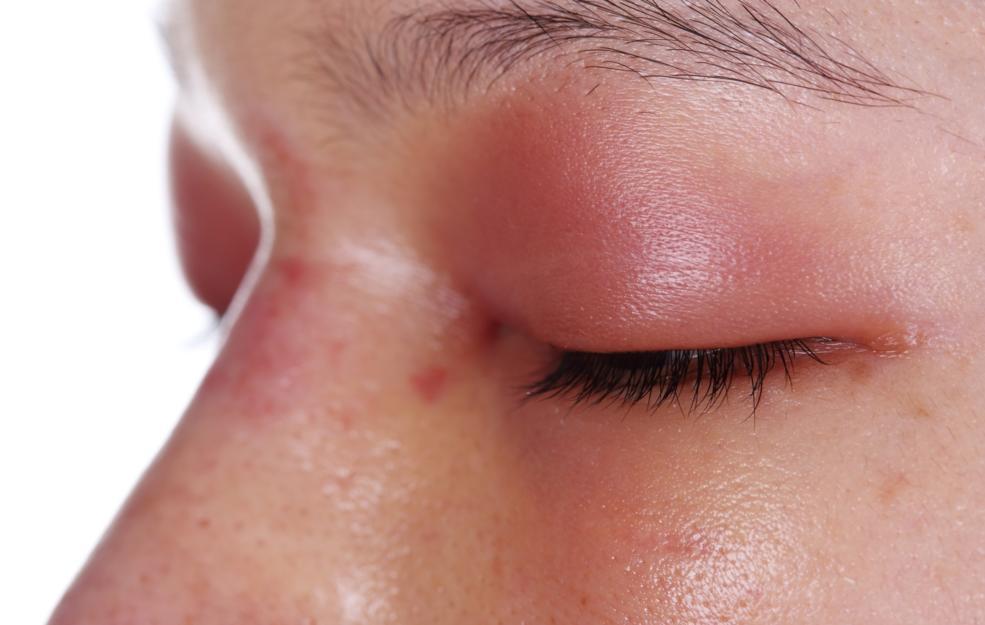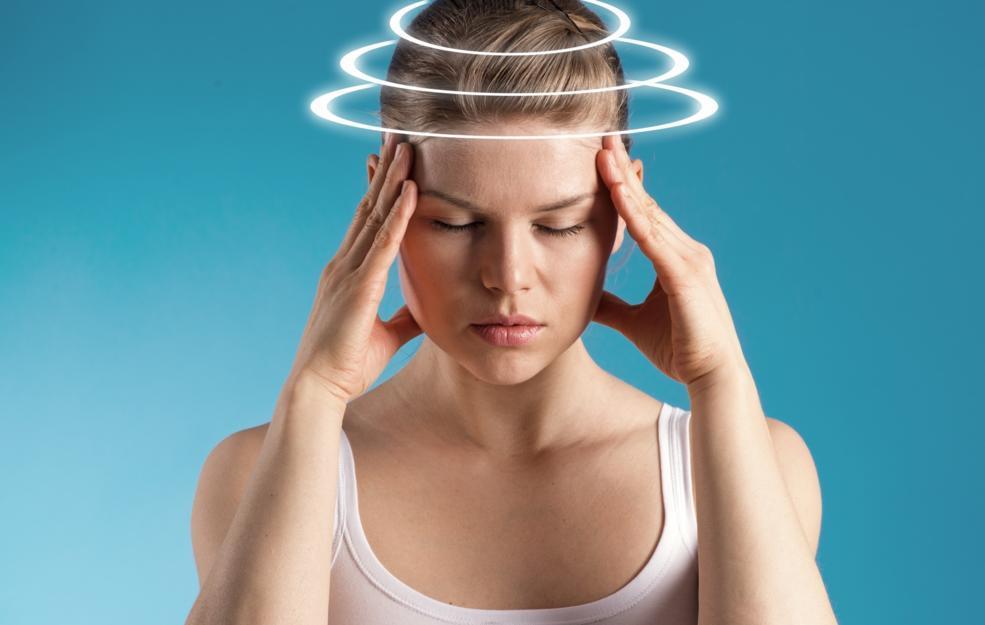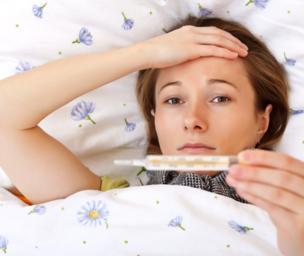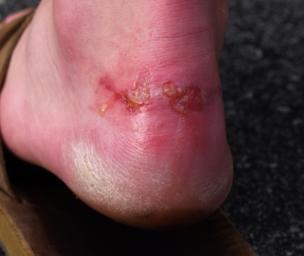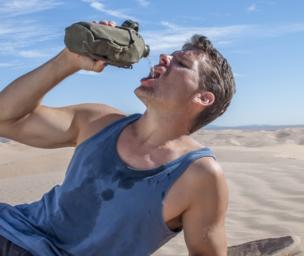What Does Sun Poisoning Look Like?
What Is Sun Poisoning?
Sun poisoning is known to be a reaction of the skin that mostly occurs when the body is exposed to excessive sun light. To prevent or treat the occurrence of sun poisoning, it is important to first understand it properly. Sun poisoning is known to be similar to a sunburn, thereby making it difficult to correctly identify which it is. Sun poisoning is also at times referred to as photo dermatitis. This condition is not a well-known case and is quite an uncommon occurrence, but it can also turn out to be serious as well as has the possibility for long-term complications if proper treatment is not carried out. It is important to note here that when we talk about sun poisoning, it does not mean that the individual has been actually poisoned; it is a term used to refer to a severe case of sunburn. It can be called a burn caused due to exposure to the harmful ultraviolet rays of the sun, which has a tendency to inflame the skin.
Symptoms: What Does It Look Like?
There are various types of symptoms that are associated with sun poisoning. One of the most common as well as obvious symptoms of sun poisoning is the reaction caused to the skin. At certain times, it can look as well as feel very similar to an allergic reaction. Below are the various symptoms an individual may experience if they are suffering from sun poisoning:
- Swelling and pain: The region of skin that has been affected may become painful, and the appearance of the skin would look like it had eczema lesions. In such cases, the affected skin would become red and swollen.
- Skin turns dark: In a few cases, it has been seen that the affected region of skin tends to become darker. This darkening of the skin is called hyperpigmentation.
- Bumps or itchiness: The skin region that has been affected tends to become itchy, and there would also be the formation of bumps or blisters on those skin areas.
- Prickling sensation: In the case of an ordinary sunburn, it is far from comfortable to touch, but when the cause is sun poisoning, it becomes worse. If the body is completely covered with a prickling sensation or if the individual feels like screaming every time someone touched them or brushes against their skin, it could be a sign that it is a severe case of sun poisoning. In such instances, the individual would need to apply aloe vera gel or take cool showers, or they can also take ibuprofen to provide relief from the pain.
- Feeling light-headed or dizzy: Many a times, it has been seen that most of the symptoms are caused due to a combination of too much exposure to the sun as well as dehydration. If the individual feels nauseous, tends to have a feeling that the head feels off, or there is a need to vomit, in such cases, be sure to increase the intake of fluids so as to rehydrate the body. Also, get complete rest and see if that makes you feel any better.
- Fever: The occurrence of fever would mean that something is not right with the body. If the temperature of the body tends to spike the moment you are out in the sun and you also feel generally unwell, then it is best to play it safe and call the doctor for a checkup. The next time you spend extra time out in the sun, you will need to be careful and extra vigilant about the application of sunscreen lotion, which should have a strength of at least SPF 30. This should be done generally 30 minutes before stepping out into the sun, and also be sure to reapply it every two hours.
- Formation of skin blisters: When there is blistering of the skin, it would mean that something is not right and is not a good sign. Hence, the individual would likely be in some pain if it does not get healed completely. There would also be a risk of getting an infection if the germs or the bacteria enter the open wound. Be sure to apply aloe vera to treat any cases of sun burn; also, take an anti-inflammatory medicine to combat any kind of physical pain. Be sure to stay out of the sun until you are completely healed. Severe forms of blistering on the hand should not be ignored.
- Falling asleep in the sun: In a few individuals, there have been instances of them falling asleep while they are in the sun, thus leading to severe burning. The exact amount of time it would take for the sunburn to reach its maximum burn or for the individual to feel the whole body differs from person to person. Hence, in such cases, it becomes important to increase the fluid intake and also apply aloe vera gel on the sun exposed regions so as to avoid any kind of severity caused due to sun poisoning.
Some of the other symptoms that an individual may experience are headaches, fever, and nausea. In certain cases, the doctor or the individual can also mistakenly take these symptoms to be flu-related. Sun poisoning is also known to be linked with an increase in one’s risk of developing skin cancer.
Treatment
In severe cases, there are certain simple home remedies that an individual should practice before it becomes severe. They are as follows:
- Try to avoid too much exposure to the sun.
- Be sure to take a cool, but not very cold, shower or bath.
- You can also apply cold compresses so that the body feels cool.
- Increase the intake of fluids like water and other fruit juices for a couple of days.
- For moisturizing the skin, be sure to apply aloe vera gel or use a moisturizer.
- To provide relief from pain, one can also take ibuprofen or acetaminophen.
- If there are certain areas that have been sunburned, then when going out, be sure that those areas are covered properly to avoid any kind of unnecessary exposure or worsening of the condition.
Be sure to seek immediate medical help if you come across any of the following symptoms:
- Fever
- Swelling of the face
- Signs of dehydration
- Sunburn that leads to the formation of blisters that cover a large area and also become painful over time
- Upset stomach
- Feelings of confusion
- Chills
- Headache
- Fainting spells
Prevention
There are certain basic safety measures one should follow before stepping out into the sun:
- Always apply sunscreen lotion that has an SPF of at least 30, and it should also say “broad spectrum” on the brand label. This means that it protects against the harmful UVA and UVB rays. This lotion should be applied on the entire body at least 30 minutes prior to stepping outside.
- Wear sunglasses, protective full clothing, and also be sure to wear a cap or hat
- Limit exposure to the sun to between 10 am and 2 pm.
